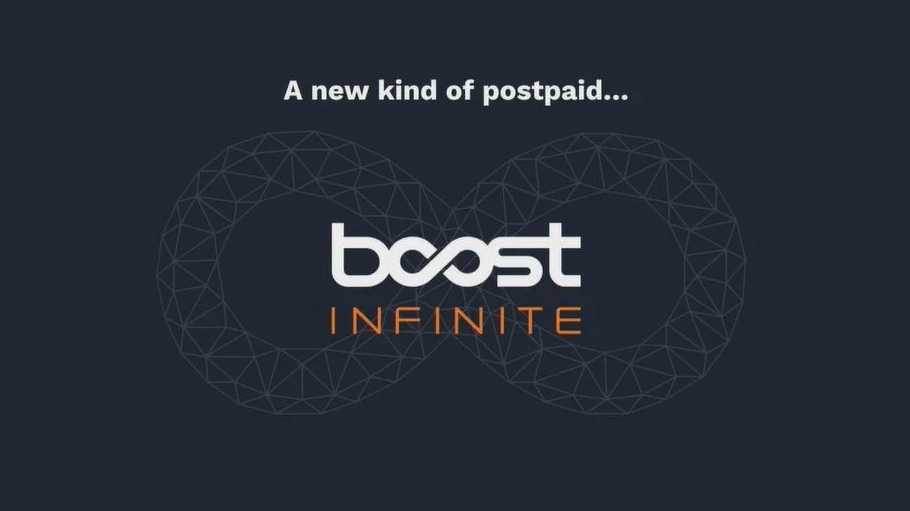At the start of August, satellite company Dish opened its sign-up page for the firm’s impending launch of Boost Infinite, a postpaid wireless service that the company believes can propel it to become the fourth largest wireless carrier in the US, as first reported by Bloomberg.
Dish has offered prepaid wireless through the Boost Mobile brand that used to be owned by Sprint but was spun off when Sprint merged with T-Mobile. That merger agreement also gave Dish the rights to use T-Mobile’s 5G network for seven years while it builds out its own service. Dish has not yet specified pricing or plan details, but promised to offer “unlimited, 5G service for a competitive price.”
In typical MVNO (mobile virtual network operator) fashion, Boost Infinite intends to connect its customers to whichever network is the best in a user’s area, not just Dish-owned networks. Unlimited 5G plans are notoriously expensive and have been a hurdle for consumer adoption (along with the massive investment needed to build out the networks nationwide). If Dish’s new Boost Infinite can offer unlimited, reliable 5G service at a price that undercuts the Big Three wireless providers, the company stands a good chance at success.
Dish is clearly looking to better understand the mobile marketplace and has been testing pricing options through its existing Boost Mobile prepaid brand – for example, the company recently launched an unlimited data option for new customers that costs just $25 per month. Boost is just one of several mobile brands that Dish intends to leverage – others include Project Genesis, Ting Mobile, Republic Wireless, and Gen Mobile. Transitioning from a satellite TV brand into a wider telecom makes a lot of sense for Dish as much of the world embraces emerging digital technologies like the metaverse where connectivity will be paramount.
Interpret’s New Media Measure® reveals the lock that Verizon, AT&T, and T-Mobile have on the wireless market, accounting for more than 60% of US subscribers among postpaid brands, not counting their respective prepaid brands (e.g., AT&T’s Cricket Wireless, Verizon’s Tracfone Wireless). Verizon’s share has been eroded slightly as T-Mobile has gained momentum during the past two years, while Boost has mostly held steady at just 4% of wireless subscribers.
“The declining satellite TV business has forced Dish Network to look for growth opportunities, and mobile broadband is a logical and future-proof one,” said Harry Wang, SVP at Interpret. Cableco’s entry into wireless a few years earlier may also have emboldened Dish to make a play in this already competitive market, Wang observed. It is not too difficult to carve out a small slice, yet to scale up and really make a dent in the top three’s coffers would be much more difficult. “However,” Wang added, “that is not without precedent—T-Mobile used to be in a distant 4th place; what T-Mobile has done gives Dish hope.”




